
SEIDOKAN - A Modern Approach to Aiki Arts
Seidokan - The School of Stillness and Motion, is a modern Japanese martial art founded to systematically develop the highly valued skills known within the Japanese Martial Arts world as Aiki.By combining traditional methods derived from Japanese Koryu as well as Kenshinryu-jiujitsu together with modern sports science, we offer a unique experience that makes high level skills accessible to everyone.
How is this school different?
The Role of Historical and Cultural Backgrounds in Physical Pursuits
Traditional martial arts were often shaped by the physical and cultural context of their time. For example, 100 years ago in Japan, people moved differently due to the absence of modern conveniences and footwear. This natural way of life influenced how their bodies and minds developed. Many Japanese martial arts, including Daitoryu, most likely relied on this foundational physical development for a given pedagogy to be successful. These historical conditions, combined with their neurological implications, play a critical role in Seidokan’s approach.
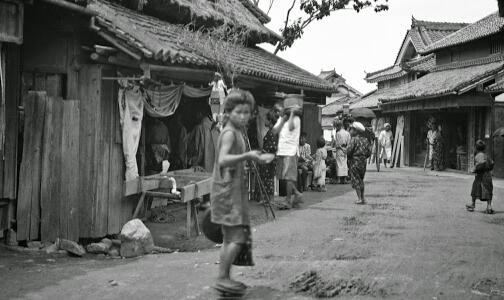
In the modern age, we don't all come from the same background. To assume that a particular physical method will work means we need at the very least, a good way to diagnosis the body and brain, and fill any gaps that may prevent someone from making progress.The latest sports science research is starting to show that our fascia development (a viscous tissue permeating our entire body that supports our organs and muscles) and our body's ability to form axis of support help determine a person's ability to coordinate and move properly. Many luminaries in Japanese martial arts had backgrounds in gymnastics, sumo, or judo, all of which require advanced axis proprioception.
The Tokyo University QOM Gym uses cutting-edge machines like the Power Bike, Running Machine, and Sliding Step Machine to diagnose and enhance axis-related abilities. Seidokan has incorporated some of these insights to build a method of diagnosis that removes blockages towards developing higher-level skills.

While addressing any problems with ad hoc drills - practicioners engage on solo training designed to rework the body and mind into one capable of "internal" or "aiki" skills.
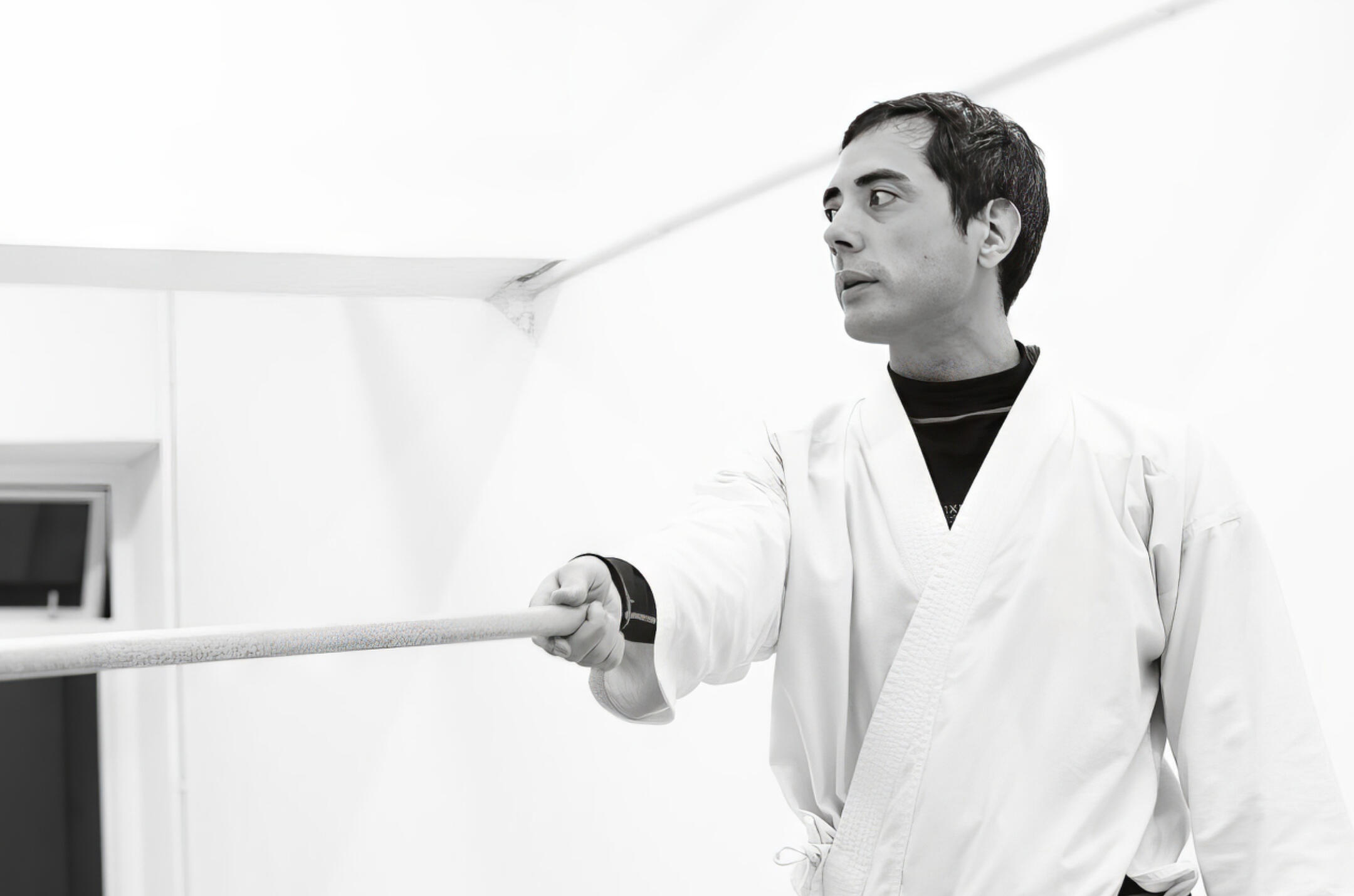
So What is"Aiki"?
"Aiki" is a highly valued skill in Japanese martial arts. It denotes the ability to neutralize an incoming force, and with little or no change of pressure at the point of contact, to execute the desired technique all while destabilizing the opponent. While prominently featured in arts derived from the Daitoryu lineage, variations of Aiki are present across many Japanese martial disciplines, often under different names.Traditionally considered an advanced skill requiring years of practice, Seidokan challenges this notion. Our step-by-step method systematically develops a practitioner’s body and awareness, making these profound skills attainable for anyone willing to put in the time and work.
The System
Diagnose
To bridge the gap between modern lifestyles and the physical culture of historical Japan, we assess and develop foundational attributes such as:
Foot-to-Glute Fascial Connection: Ensuring a responsive whole-body fascial network.
Axis Proprioception: Evaluating and enhancing the ability to maintain and move with a stable axis.
All movement that encompasses throwing, striking, running or jumping is founded on our ability to create an axis of support. This is something we all do, assuming we can do the above movements. How well our proprioception of that axis is formed actually determines the development of the deeper core muscles, and finer coordination. It is the difference between the weekend warrior and an NBA allstar.While we can not all be elite - the good news is that any large problems are easily diagnosed, and fixable.
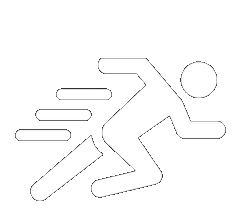
Posture
Mastery of posture is key to unlocking higher-level skills. Seidokan introduces proprioceptive skills from the very beginning, focusing on:
1. The Front Line: Based on the Superficial Front Line concept from Thomas Meyers’ Anatomy Trains. Control of the front line helps absorb forces and enables foundational Aiki skills.
2. Top-Down Control: Adjusting posture starting from the head and chin. Awareness of this control allows advanced force manipulations, such as neutralizing incoming forces.
3. Bottom-Up Control: Understanding how to align the body from the feet up. Proper stacking of bones creates a solid connection from hand to foot, leaving the feet light.
4. Centerline Awareness: Combining top-down and bottom-up controls to refine centerline control. Mastery of the centerline, including the hara, opens the door to advanced Aiki skills.
Conditioning Work (Partnered and Solo)
This is where much of the postural work defined above is employed. Exercises such as Body Axis Training, Shiko, and Tenchijin teach the body how to adjust and correct itself. Partner exercises are especially useful in the beginning, helping practitioners learn how to use walls, floors, and other everyday structures to create unusual outcomes in ability.
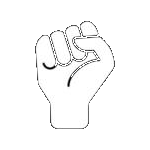
Weapons
The staff and sword are employed to teach the body how to move appropriately, based on the postural tools defined above. These traditional weapons help enhance coordination, strength, and precision.
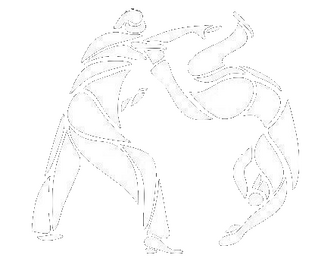
Partner Work to Develop Aiki
1. Applied Force Application Model:
A partner applies significant force suddenly. The practitioner learns to incorporate the partner’s force into their own structure, adjusting power and effect at the point of contact to destabilize them and open the door to various techniques.
2. Shared Center of Gravity Model:
The partner does not exhibit any force. This requires developing a shared center of gravity and high-level kuzushi (off-balancing). This advanced practice includes "hacking" a partner’s proprioception to create opportunities for technique application. Our curriculum, guided by Kenshinryu Jiujitsu and Kenshin-sensei, provides step-by-step instruction for mastering these skills.
SparringSparring is introduced in a step-by-step manner, incorporating advanced methods from the head instructor’s experience in western boxing and other combat sports. Learning is gamified, and students first learn to move skillfully through touch-games. Only after demonstrating competence are they introduced to more intense scenarios. Our approach emphasizes safety and skill development, helping students recognize their areas for growth and empowering them to address them independently.
Instructors
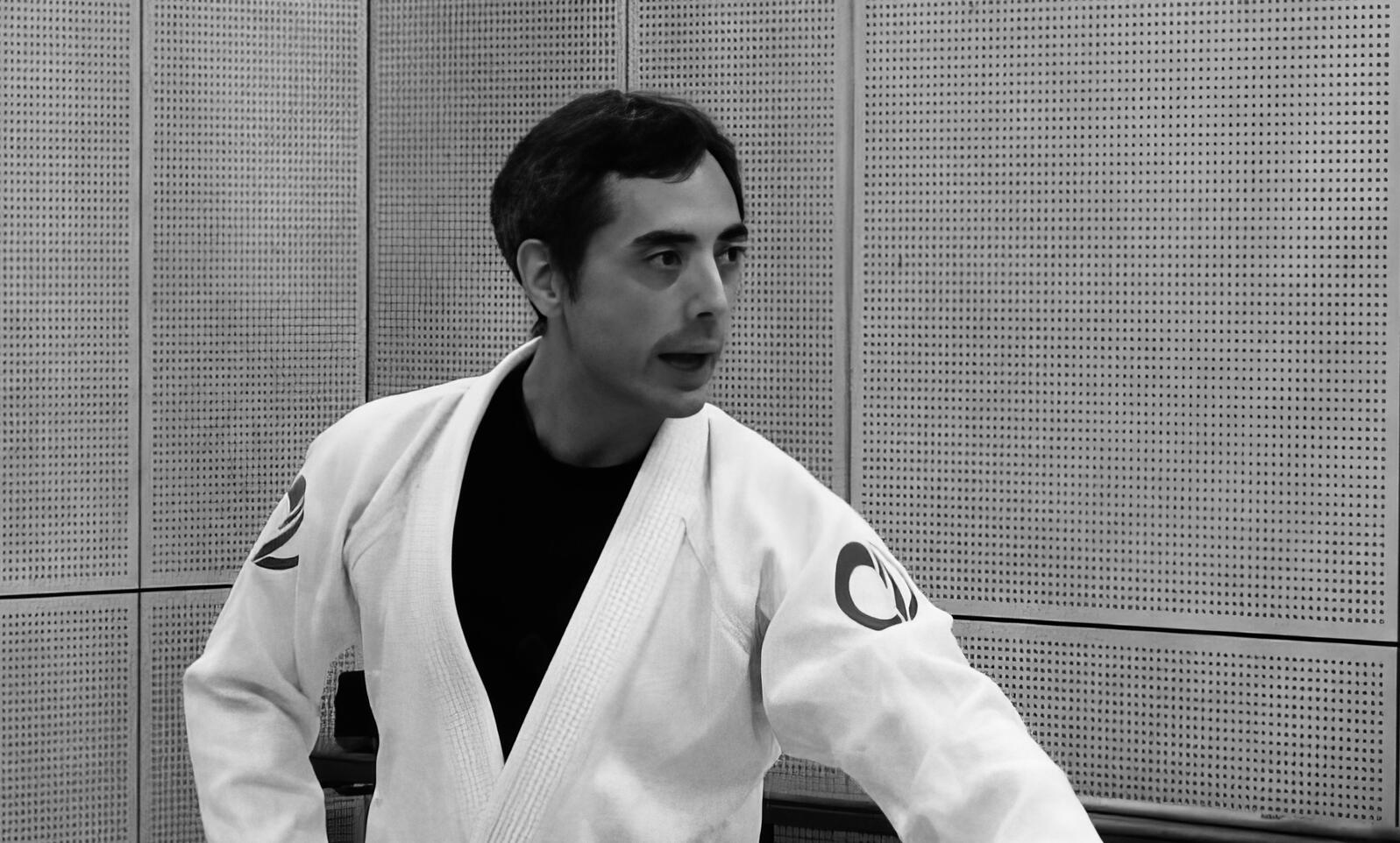
Robert:
With over 20 years of experience in martial arts, Robert has combined traditional methods with modern insights to create the Seidokan system together with a tight network of similarly minded people.His journey includes:
• Kendo (1st Dan)
• Seven Star Mantis Boxing.
• I Liq Chuan
• Over 20 years under Minoru Akuzawa in Aunkai.
•Studying Kenshinryu Jiu-Jitsu from 2023.
Robert’s philosophy is shaped by key questions: Why do some people excel while others struggle? What physical and neurological factors contribute to success? How can these gaps be addressed? His lifelong exploration has helped inform his input to the Seidokan curriculum.Instructors:
• Gernot Hassnepflug (Tokyo)
• Mike Mahoney (Tokyo)
• Nicolas Joliot (Netherlands)
• Alex Damon (UK)Affiliate Schools
•Alex Lee (USA - Essence of Internals)
•Xavier Duval (Hong Kong -Seishinkai)
________________________________________
About Saturday Morning Practice
Join us for engaging and supportive training sessions that focus on building your foundational skills and progressing to advanced techniques.
• When: Saturdays, 10:00 AM – 12:00 PM
• Where: Outdoor practice at Mejiro or Yoyogi Park (weather permitting). Indoor practice at Ikebukuro or Takadanobaba studios during rain.
• What to Expect:
Exercises to enhance fascia connection and axis awareness.
Drills to develop posture, balance, and centerline control.
Conditioning work, weapons training, and partnered drills.
Step-by-step sparring instruction based on individual progress.
Contact us in advance for more details on the location and how to get started. We look forward to helping you discover the transformative power of Seidokan!
Seminars
Seminar curriculums are focused on providing participants with an overall understanding of theory behind internal mechanics as well as the means to better themselves at home.In the past we have been invited to the Netherlands, Romania and Germany, with other places to come.Remote study groups are also available.
Thank You
FAQ
Q: How long will it take to see results?A: It depends on what kind of results you're looking for!If you're looking to reduce joint pain, you may see a slight improvement within a month, and a significant change within three months. If you're looking to improve your athletic performance, such as increasing your explosiveness, speed, agility, and reaction time, you may see a significant change within three months if you practice regularly. It usually only takes about 5 minutes to get the hang of freeing up your joints for martial arts applications or aiki-style techniques, but it can take two to three years for the changes to take hold so you can apply techniques on call at any time.Q: I have no experience in sports or martial arts, can I still participate?
A: Absolutely! We'll measure your myofascial connections and the state of your body to determine how much time or how often you need to practice, and suggest the best practice schedule for you.Q: Do I have to train on my own? And if so, for how long and how often?
A: If you want to achieve results in one or three months, it's very important to train regularly. In the beginning, depending on the condition of your fascia, you may be able to train every other day. Once your fascia network is complete, you may need to increase your training up to five times a week.Q: How much room do I need for training?
A: You don't need much! All you need is walls and floor, a towel, marbles, and a lacrosse ball.Q: Do you have any advice on nutrition, sleep, etc.?
A: Great question! Studies have shown that the body's production of hyaluronic acid is closely tied to fascia and decreases with age, so for older adults (40+), if they have never done any serious myofascial training, it would be beneficial to supplement HA in some form along with collagen. Cutting sugar from your diet is also recommended if you want to see faster results. Sleep is also an important part of training - studies show that fascia is built during the deep sleep hours.Q: Will this training improve my hips?
A: Yes, it definitely works! Most of our female members experience a hip lift and pasting after about a month of training.Q: Will it increase my stamina?
A: Definitely! When your fascia increases, your muscles don't have to work as hard, which means your stamina increases. It may mean you have to work a little harder to achieve your target heart rate, but it's worth it!Q: Is this training just for younger people?
A: Absolutely not! It's never too late to start!
Q: You mentioned a martial art called Aunkai, what kind of martial art is that?A: Aunkai is a modern integrated martial art that incorporates the training concepts and wisdom of Japanese Koryu. It includes techniques such as thrusting, kicking, joints, throws, and weapon techniques (spear, stick, and Japanese sword). The body connection conditioning art is derived from Yagyu-ryu sword and spear. It is a modern comprehensive martial art with an emphasis on advanced myofascial manipulation, to enable the body move with agility, speed and devastating control, all with minimal force.
See the Aunkai featured on the Shioda Channel here:
Disclaimer:
Seidokan and its affiliates are in no way associated with or endorsed by the Aunkai organization. Any appearances of Robert of Seidokan in historical materials or videos related to the Aunkai reflect past activities conducted prior to the establishment of Seidokan and are not representative of Seidokan's current practices, philosophies, or affiliations.
Q: You mentioned a martial art called Kenshinryu, what kind of martial art is that?A: Kenshinryu Jiujitsu is the brain child of Kenshinryu Sensei who resides in Okinawa. After decades of training in a particular Koryu, he received the blessing of his teacher to start his own school, which he named Kenshinryu. Kenshinryu is rather unique in that many of these Aiki skills are almost solely developed using partner based training with no solo training officially implemented.
See Kenshinryu featured on the Shioda Channel here: https://youtu.be/gWVAiuBdXE?si=20AnzF4rqPcvH31